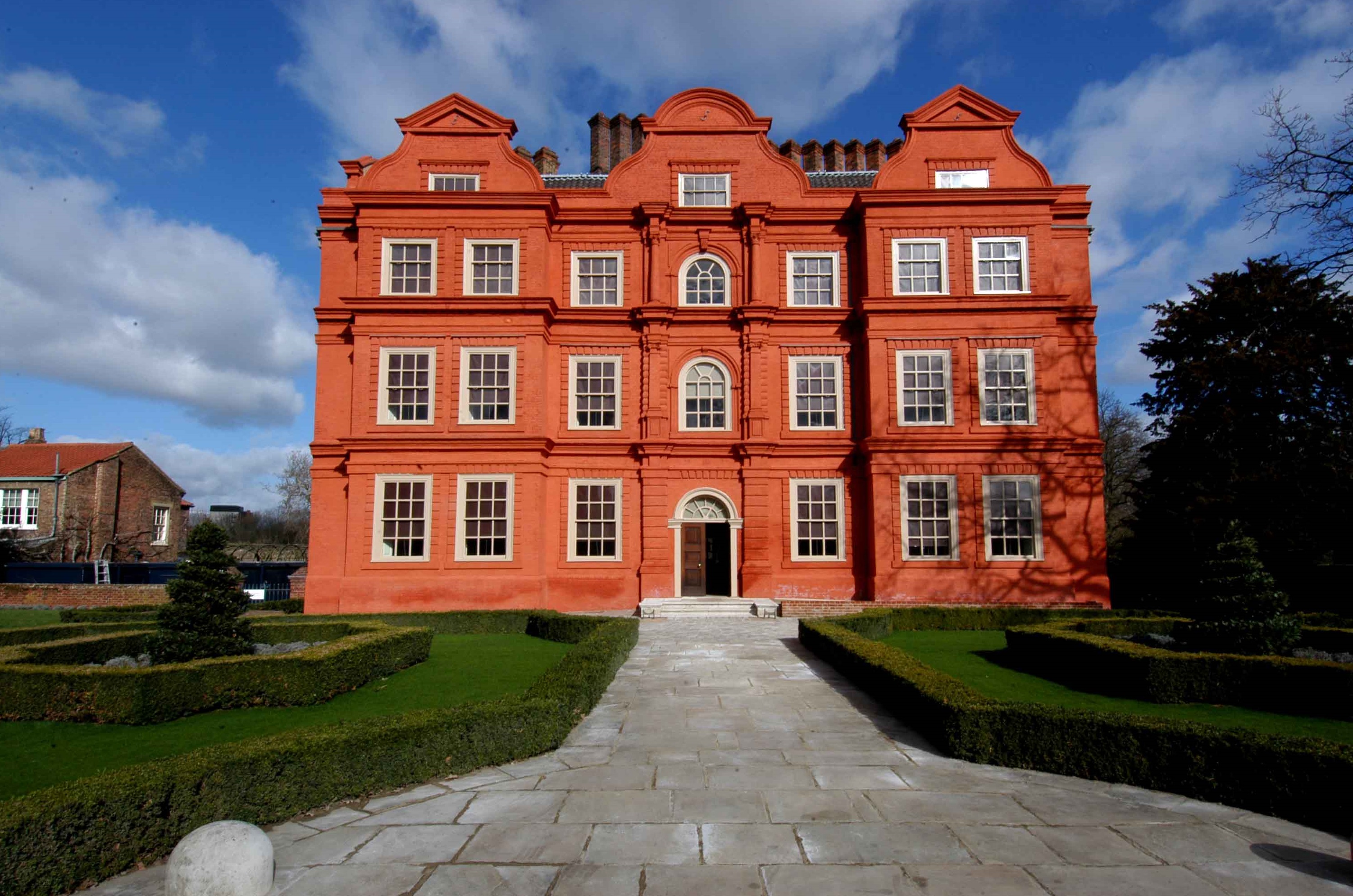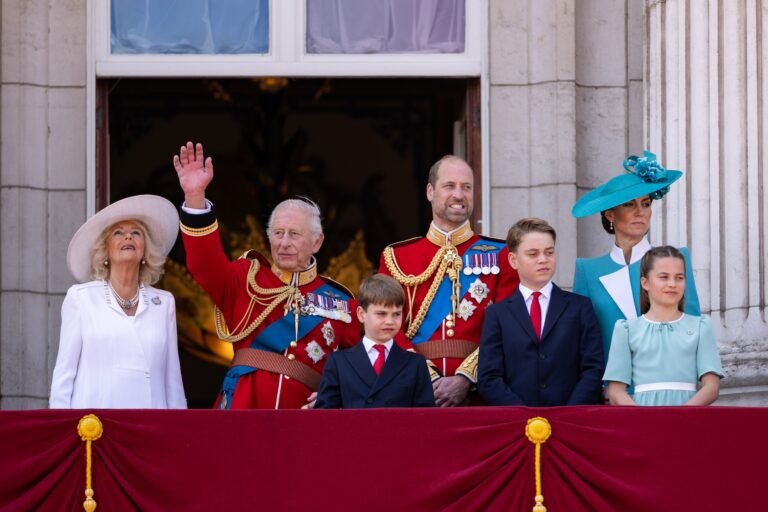A new exhibition at Kew Palace is to explore the royal education of Queen Charlotte and her daughters, who took a progressive approach to learning for the 18th century.
Personal objects will tell the story of the Princesses’ education, which took place mostly at Kew Palace; the baroque house was originally built in 1631 for a Flemish merchant, and was bought by George II as a retreat outside of London.

His family spent much time at the Palace, making it the ideal location for such an exhibition.
Queen Charlotte, German-born, quickly picked up the language when she moved to London, and a letter to her daughter’s governess – thought to be her first ever in English – will be on display for visitors to see.
Charlotte was also conscious to devote time to her own study, as well as ensuring her daughters (Princesses Charlotte, Augusta, Elizabeth, Mary and Sophia) had a befitting education: Andre de Luc was employed as her official Reader to inform her literary choices. He also assisted with botany, and the Queen is considered something of an amateur botanist, having expanded Kew’s gardens, and supported travellers bringing new species to Britain. Charlotte’s tortoiseshell notebook, embellished with gold and diamonds, will be available to see.
The Princesses shared their mother’s love of plants, and the Princess Royal (Charlotte), displayed a particular talent in the field. Drawings created by her as a teen show an eye for detail in the flora she used as studies.
Geography and art were also part of their curriculum, as well as typical skills such as sewing and needlecraft. Various objects, from upholstery to solved brain teasers, depict the education of George III’s daughters.
GEORGE III – HIS MADNESS AND REIGN
George IV was a particular fan of the arts too, taking much of Napoleon’s collection after the British win at Waterloo, but his education was not the responsibility of his mother.
Music came to the fore for the Georgian Princesses, whose mother was on of Bach’s supporters. She used his tutelage for her children. Second eldest daughter, Augusta had something of a musical talent, and composed for the harpsichord, and a hand-written copy of Bach’s father’s ‘Well Tempered Clavier’ (which tested the skills of the player) will go on display, alongside a portrait of Augusta depicting her musical abilities.
Prints from the Baker Collection will show the Royal women in satire, which are new to the Historic Royal Palaces collection. The reason for the cartoons is that George III enjoyed the company of his wife and daughters and they often accompanied him in public, attracting the scorn of satirists who found comedy in the idea of a King surrounded by so many women.

Queen Charlotte’s cottage sits a short distance away from the palace. Built in 1770, the Royal Family enjoyed picnics in a tranquil corner of Kew Gardens. More satires are displayed downstairs, but the Picnic Room upstairs is a celebration of the talent of Elizabeth – the creative Princess who was a prolific and acclaimed artist – who decorated the walls and sloping ceiling with delicate paintings of flowers, trailing nasturtiums and convolvulus to be exact.
The Royal Kitchens, newly restored, have been untouched since Queen Charlotte’s death at the palace in 1818. Visitors can , and delve into the tale of these historic royal kitchens, the servants who worked in them and Georgian culinary life. On selected weekends historic chefs will also cook up meals fit for a King!
The entrance into the first room was dazzling, all furnished with beautiful Indian paper, chairs covered with different embroideries of the liveliest colours, glasses, tables, sconces, in the best taste, the whole calculated to give the greatest cheerfulness to the place.”








